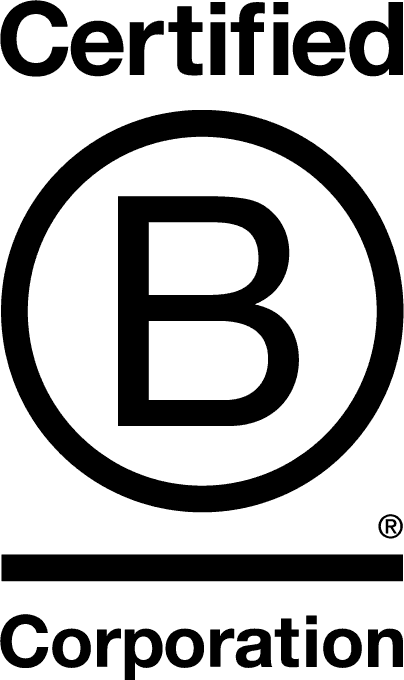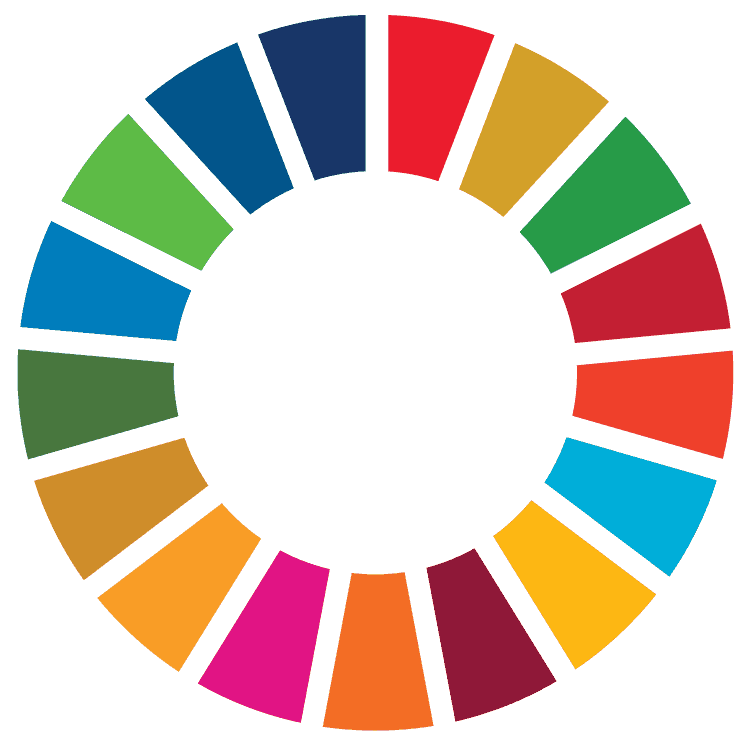62% of CEOs consider growth as one of their top strategic priorities for 2025, according to the consulting firm Gartner. After a year marked by inflation in 2024, elections in major economies such as the United States and the European Union, and armed conflicts that have intensified international polarization, the top executives of companies are setting their objectives for 2025 on the growth of their businesses.
In this regard, Gartner research suggests that consumers are increasingly concerned about volatility. Convenience and security are now people’s top concerns, while the personal values that have increased the most since 2019 include empathy, mindfulness, escapism, or need for mental escape and wealth. And while confidence in the country remains low, personal optimism is making a comeback.
Widespread optimism is supported by the data. In Spain, The Economist recently named the country as the best economy in the world in 2024 in the OECD. The three points on which the Spanish economy stands out compared to other countries in the region are: economic growth of more than 3%; the Spanish stock market has risen by 17.1%; and unemployment has decreased by 0.7%. This optimism is present in practically all sectors of the economy and, therefore, the search for differentiation through brand building will be fundamental to achieve success.
How Can Brands Grow?
In a context of easing inflation in developed economies and expected interest rate cuts in some of the world’s largest markets, many companies are beginning to consider how they can grow their business. In this regard, Kantar points to the transformation of the customer experience as the most interesting growth strategy in the coming months. Kantar studies show that the brands that are growing the most internationally are those that are proving to be meaningful and different, satisfying the functional and emotional needs of their category and differentiating themselves from their competitors.
In fact, brands that improve customer experience are 2.5 times more likely to experience significant market share growth, according to Kantar. To stand out, organizations must constantly reinforce positive brand associations across all touch points, and unique and memorable experiences are key to achieving this.
The 4 Strategies That Are Making Brands Succeed
According to marketing consultancy WARC, the most established brands are finding new relevance thanks to new creative approaches, often adopting codes from another category, and making traditional brands boldly re-establish their place in the culture to attract younger consumers. The clearest example of this trend, without a doubt, is Jaguar’s rebranding that has revolutionized social networks with an adaptation of the brand to codes and a visual style that is very current and far removed from the image that has made them recognizable for decades.
Local Relevance is the Key to Growth
Both large multinationals and small national brands are effectively using local appeal and proximity to revive growth and achieve impressive brand turnarounds. One of the biggest trends in European retail in recent times has been the physical expansion of digitally native brands, which are increasingly opting for pop-up stores as a way to reach new audiences. Brands such as Hawkers, AliExpress, Wallapop, Shein, or more recently, Blue Banana and Nude Project, have been opening their own stores in key locations in Madrid and Barcelona, and the trend does not seem to stop. The consumer demands proximity and an increasingly personalized service, while seeking more physical, immersive experiences.
Media Strategy Takes Campaigns to the Next Level
Some of the most successful campaigns have focused on media strategy as a fundamental part of strategy and creativity. The use of innovative media and formats combined with groundbreaking creativity is the best formula to get the attention of consumers, who have moved away from traditional advertising. Thus, entertaining and newsworthy content has become the best formula to reach consumers. An example of this new model has been the Wallapop and Jon Kartajarena campaign, “I offer myself”, in which the brand offered a photographic report on conscious fashion along with the model free of charge to a media outlet. The result at an organic level has been spectacular, generating a PR value of more than 872,000 euros. This action was developed by the agency Mono Madrid and APPLE TREE was the agency in charge of the PR strategy.
Focus on Clear Objectives and Metrics
Winning campaigns are those that have clearly defined objectives from the outset, a consistent strategy throughout, and effective measurement of results, WARC points out. In our industry, there are multiple standard KPI and performance measurement methodologies. In fact, at APPLE TREE we have developed several proprietary analysis methodologies that make us the agency with the most powerful analytical capabilities in the market. Among these tools we have: The 4C methodology (context, competition, customers/audiences and core); the Relevance Index; the State of Opinion study, and the SOV (Share of Voice) calculation methodologies.


